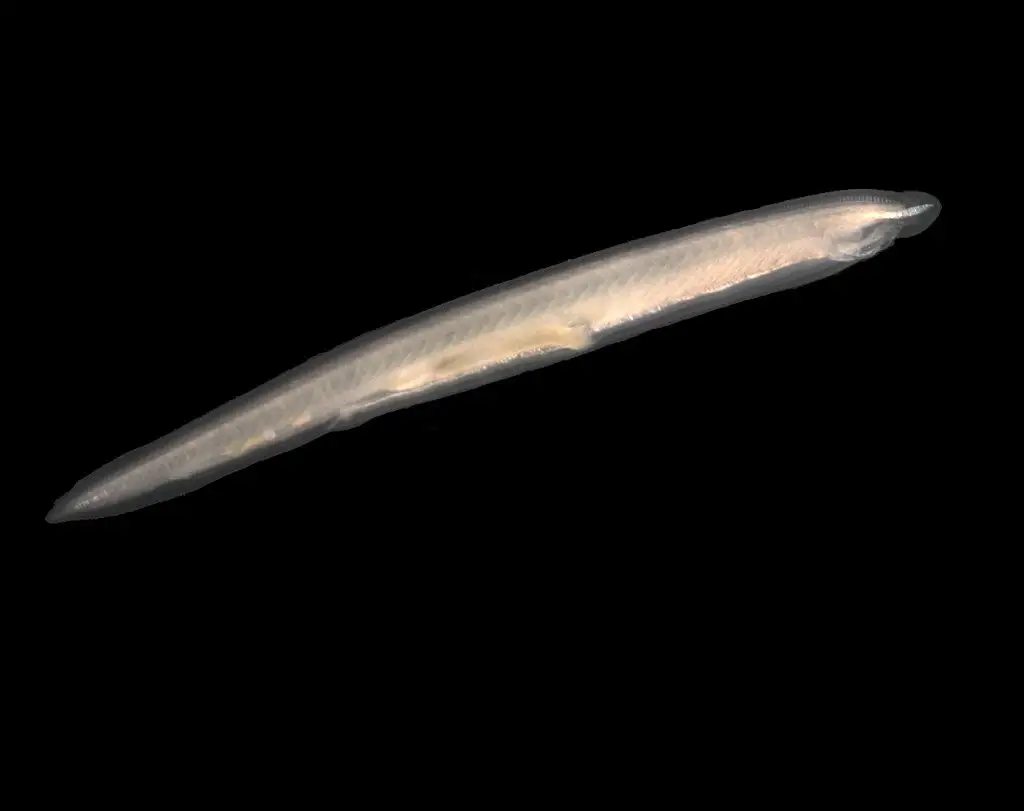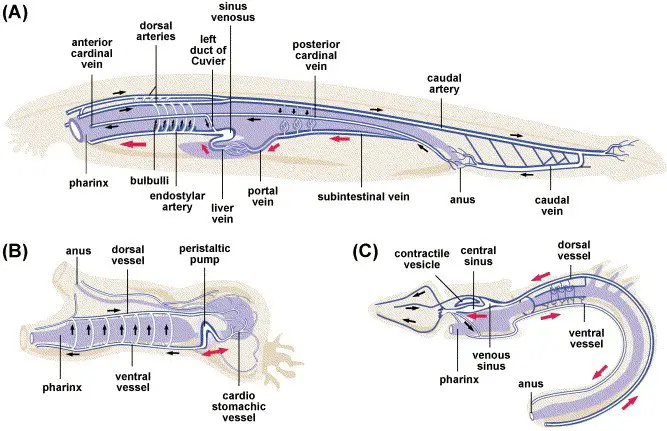Cephalochordata is a subphylum placed under phylum Chordata but the Chordata features in them are very simple and they show great similarity with some Non-chordate groups of animals. Cephalochordata shows similarity with many groups of Non-chordate animals but we only discuss the important Non-chordate group with which Cephalochordata shows strong affinities. Cephalochordata also shows great similarity with Chordata like Non-Chordata but the affinities of Cephalochordata is much more with Chordata than Non-Chordata so finally, they are considered under phylum Chordata.
Table of Contents
Affinities of Cephalochordata with Annelida:
- In annelida bilateral symmetry is an very important features and the typical metameric segmentation is also an important features of phylum Annelida. In Cephalochordata the segmentation of muscle, the myotomes, arrangements of gonads represent metameric segmentation and body show somewhat bilateral symmetry.
- Cephalochordata have protonephridia with solenocytes for excretion, such type of excretory system present in some polychaetes.
- Well developed enterocoelous type coelom show their affinities with Cephalochordata.
- Cephalochordata collect their food through filter feeding mechanism, some polychaetes also collect their food through filter feeding mechanism, so polychaetes and Cephalochordata shows their close relationship.

Objections:
- In annelida the metameric segmentation is well developed but in Cephalochordata the segmentation is only limited to the myotomes and the gonads.
- The development of coelom occur from the archenteron in Cephalochordata , in Cephalochordata the coelom is enterocoelous type but in annelida coelom is schizocoelous type.
- The direction of flow of blood through the two main blood vessels in Cephalochordata and Annelida is opposite.
- The three fundamental character of phylum Chordata, pharyngeal gill slits, dorsal nervecord and notochord is present in Cephalochordata but absent in Annelida.
Affinities of Cephaochordata with Mollusca:
Some workers think Cephaochordata is very close to the phylum Mollusca due to the similar process of food collection in those two groups of animals. The mechanism of gaseous exchange in Cephaochordata shows many similarities with the process of gaseous exchange in phylum Mollusca.
Some workers named Cephalochordata as a member of phylum Mollusca but later we understand that Cephaochordata is much closer to Chordata than Mollusca.
The little bit of similarity between Cephaochordata and Mollusca may be due to the similar type of habitat and maybe the result of converged evolution. The metameric segmentation is completely absent in Mollusca which is present in Cephaochordata. Not only does the metameric segmentation Cephaochordata show much other difference with Mollusca, the locomotory organ podium present in Mollusca is not present in Cephaochordata.

If we examine the anatomy then it will be clear to us that the anatomy of Cephaochordata is completely different from Mollusca. So we can not say Cephaochordata is a close relative of phylum Mollusca on the basis of a few characters.
Affinities of Cephaochordata with Echinodermata:
- The members of phylum Echinodermata do not show any symmetry, in Cephaochordata due to peculiar arrangements of some body parts they also show assymetry.
- Coelom development occur in Cephaochordata from the archenteron during embryonic development, so Cephaochordata have enterocoelous type of coelom, Echinodermata also show enterocoelous type of coelom.
- The pharyngeal wall of Cephaochordata have unusual number of gill slits, number of gill slits are much higher in Cephaochordata than higher Chordata. In some fossil Echinodermata the perforation on calyx show much similarity with the numerous gill slits in Cephaochordata.

But those common features between Cephaochordata and Echinodermata do not imply that we should place them in the same group of animals. The similarities may be due to the common environmental conditions in which their development occur in the history of evolution.
Reference Cephalochordata Characteristics Features Classification Examples and Diagram
Detailed Information on
Characteristics Features of Subphylum Urochordata
Classification of Subphylum Urochordata
Examples of Subphylum Urochordata: Clavellina, Salpa, and Doliolum
Examples of Subphylum Urochordata
Branchiostoma Habitat and Geographical Distribution
External Morphology of Branchiostoma
Body Wall and Endoskeleton of Branchiostoma
Coelom and Movement in Branchiostoma
Digestive System of Branchiostoma
Digestion and Feeding Mechanism in Branchiostoma
Respiratory and Reproductive System of Branchiostoma
Excretory and Reproductive System of Branchiostoma
Branchiostoma: Morphology, Digestive, Reproductive, Nervous System
Characteristics of Subphylum Cephaochordata
Primitive Degenerate and Specialised Features of Subphylum Cephalochordata
Hi Everyone!!! Welcome to Imaluop. Imaluop always try to learn some new and he want to share to other people. Here we will try to learn various topics on Science, specially on Biological Sciences.